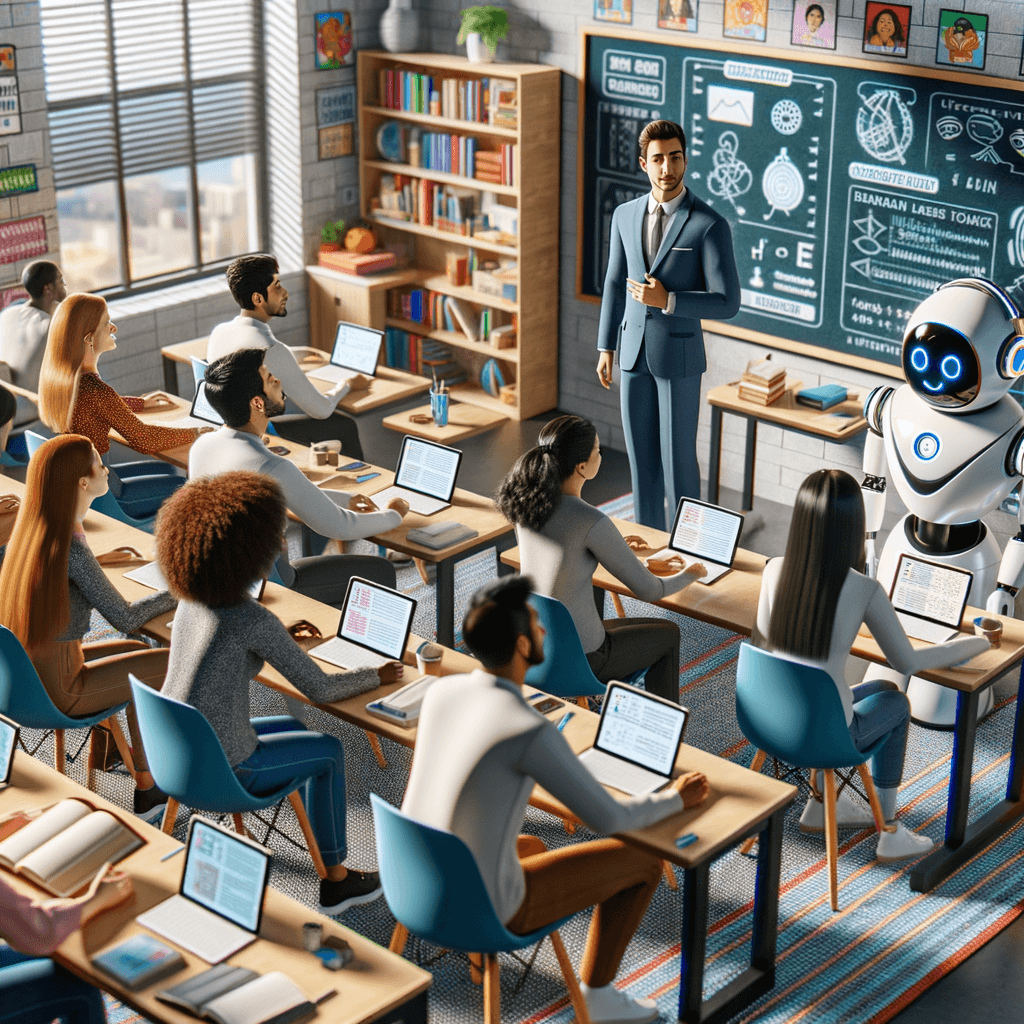Artificial intelligence (AI) is revolutionizing the way we teach English as a second language (ESL). With its ability to personalize learning, provide real-time feedback, and create interactive experiences, AI is transforming the ESL classroom.
Personalized Learning
AI can be used to create personalized learning experiences for ESL students. For example, the app Lingua.ly uses AI algorithms to personalize vocabulary lessons based on each student’s level, interests, and progress. This allows students to focus on the words and phrases that are most relevant to their needs, which can help them learn more effectively.
Language Learning
Chatbots Language learning chatbots are another example of AI in the ESL classroom. These chatbots use natural language processing (NLP) to converse with students in English and provide feedback on their language skills. For instance, the app Replika uses an AI-powered chatbot to help ESL students practice their conversational skills in a safe and supportive environment.
Pronunciation Practice:
AI can also be used to help ESL students improve their pronunciation. The app ELSA uses AI algorithms to analyze students’ pronunciation and provide personalized feedback on their speech. This allows students to practice their pronunciation in a more targeted and effective way.
Interactive Lessons
AI can also be used to create interactive ESL lessons that engage students and promote deeper learning. For example, the app Kahoot! uses AI to create interactive quizzes and games that help students practice their language skills. This can make learning English more fun and engaging for students.
Virtual Reality
Finally, AI can be used to create immersive virtual reality (VR) experiences that allow ESL students to practice their language skills in a more realistic and engaging way. For instance, the platform VR English uses AI and VR to create interactive language learning environments that simulate real-life situations. This can help students develop their language skills in a more authentic context.
AI is transforming the ESL classroom by providing personalized learning experiences, language learning chatbots, pronunciation practice, interactive lessons, and immersive virtual reality experiences. By incorporating AI into the ESL curriculum, educators can create a more engaging and effective learning experience for their students.
References:
Lingua.ly. (2021). How Lingua.ly Works. Retrieved from https://www.lingua.ly/how-it-works/
Replika. (2021). How Replika Works. Retrieved from https://replika.ai/how-it-works
ELSA. (2021). How ELSA Works. Retrieved from https://elsaspeak.com/how-elsa-works/
Kahoot!. (2021). How Kahoot! Works. Retrieved from https://kahoot.com/how-it-works/
VR English. (2021). How VR English Works. Retrieved from https://www.vr-english.com/how-it-works/
